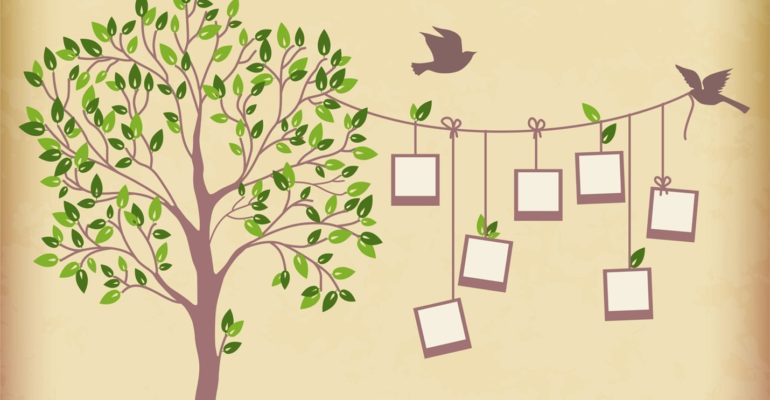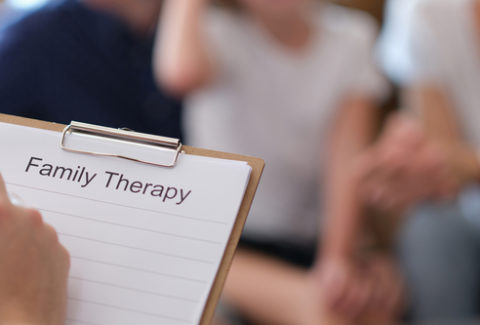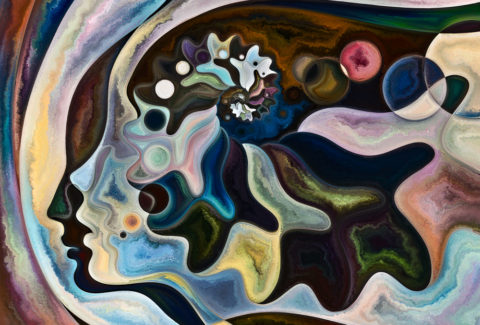Genograms in Therapy
In the intricate web of familial relationships, lies a wealth of history, patterns, and dynamics that shape our lives. Understanding these complex interconnections is essential for therapists seeking to facilitate healing and growth within families. Genogram[1] – a powerful tool that unlocks the secrets of family dynamics and provides invaluable insight into generational patterns, strengths, and challenges.
What is a Genogram?
A genogram is a visual representation of family relationships and history, akin to a family tree but with added layers of complexity. Developed by Murray Bowen in the 1970s, genograms have become a cornerstone of family therapy, allowing therapists to explore multigenerational patterns of behavior, communication styles, and emotional bonds.[2]
How Does it Work?
Creating a genogram involves mapping out family relationships over multiple generations, using symbols and lines to depict connections, roles, and patterns.[3] Standard symbols represent different family members, their gender, marital status, and significant life events such as births, deaths, divorces, and adoptions. Lines between individuals illustrate relationships, with variations indicating the nature of these connections – be it close, distant, conflicted, or enmeshed.
The Power of Visual Representation
What sets genograms apart is their ability to visually capture the complexity of family systems in a way that words alone cannot. By seeing the patterns and connections laid out before them, clients gain insight into their family history and the dynamics that have shaped their relationships and identities.[4] This visual representation serves as a springboard for exploration, discussion, and healing within the therapeutic process.
Unlocking Generational Patterns
One of the primary goals of using genograms in therapy is to identify and understand generational patterns of behavior and interaction.[5] By tracing these patterns back through multiple generations, therapists and clients can uncover recurring themes, such as addiction, trauma, codependency, or mental illness, that may be influencing current family dynamics. Armed with this knowledge, clients can begin to break free from entrenched patterns and create healthier, more fulfilling relationships.
Facilitating Communication and Understanding
Genograms also serve as a catalyst for communication and understanding within families. As clients collaborate with their therapist to create and interpret the genogram, they have the opportunity to share stories, memories, and insights about their family history. This process fosters empathy, validation, and connection among family members, as they gain a deeper understanding of each other’s experiences and perspectives.[6]
Promoting Healing and Growth
Ultimately, the goal of using genograms in therapy is to promote healing and growth within families.[7] By shedding light on hidden dynamics and empowering clients to explore and challenge entrenched patterns, genograms facilitate positive change and transformation. Clients gain a greater sense of agency and empowerment as they recognize their role within the family system and take steps to create a more harmonious and fulfilling future.
In conclusion, genograms are a powerful tool for therapists seeking to unlock the mysteries of family dynamics and promote healing within multigenerational systems. Through visual representation, exploration, and understanding, genograms empower clients to rewrite the narrative of their family history and create a brighter, more resilient future.
What to do?
We invite you to join us for our upcoming 4-week, 1-hour Family Therapy Certificate Course starting on June 6th. Click here for more details.
[1] McGoldrick, Monica, Randy Gerson, and Sueli Petry. Genograms: Assessment and treatment. WW Norton & Company, 2020.
[2] Furtado Nogueira, Assis Porfirio, et al. “THE IMPORTANCE OF USING GENOGRAMS FOR UNDERSTANDING OF FAMILY DYNAMICS.” Journal of Nursing UFPE/Revista de Enfermagem UFPE 11.12 (2017).
[3] McGoldrick, Monica. The genogram casebook: A clinical companion to genograms: Assessment and intervention. WW Norton & Company, 2016.
[4] Joseph, Bindu, et al. “Exploring the therapeutic effectiveness of genograms in family therapy: A literature review.” The Family Journal 31.1 (2023): 21-30.
[5] Furtado Nogueira, Assis Porfirio, et al. “THE IMPORTANCE OF USING GENOGRAMS FOR UNDERSTANDING OF FAMILY DYNAMICS.” Journal of Nursing UFPE/Revista de Enfermagem UFPE 11.12 (2017).
[6] Alexander, Joanne H., Jane EM Callaghan, and Lisa C. Fellin. “Genograms in research: participants’ reflections of the genogram process.” Qualitative Research in Psychology (2018).
[7] Di Nicola, Vincenzo, and Suzan Song. “The Family as a Resource for the Mental, Social, and Relational Well-Being of Migrants, Asylum Seekers, and Other Displaced Populations.” The WASP Textbook on Social Psychiatry: Historical, Developmental, Cultural, and Clinical Perspectives (2023): 244.









